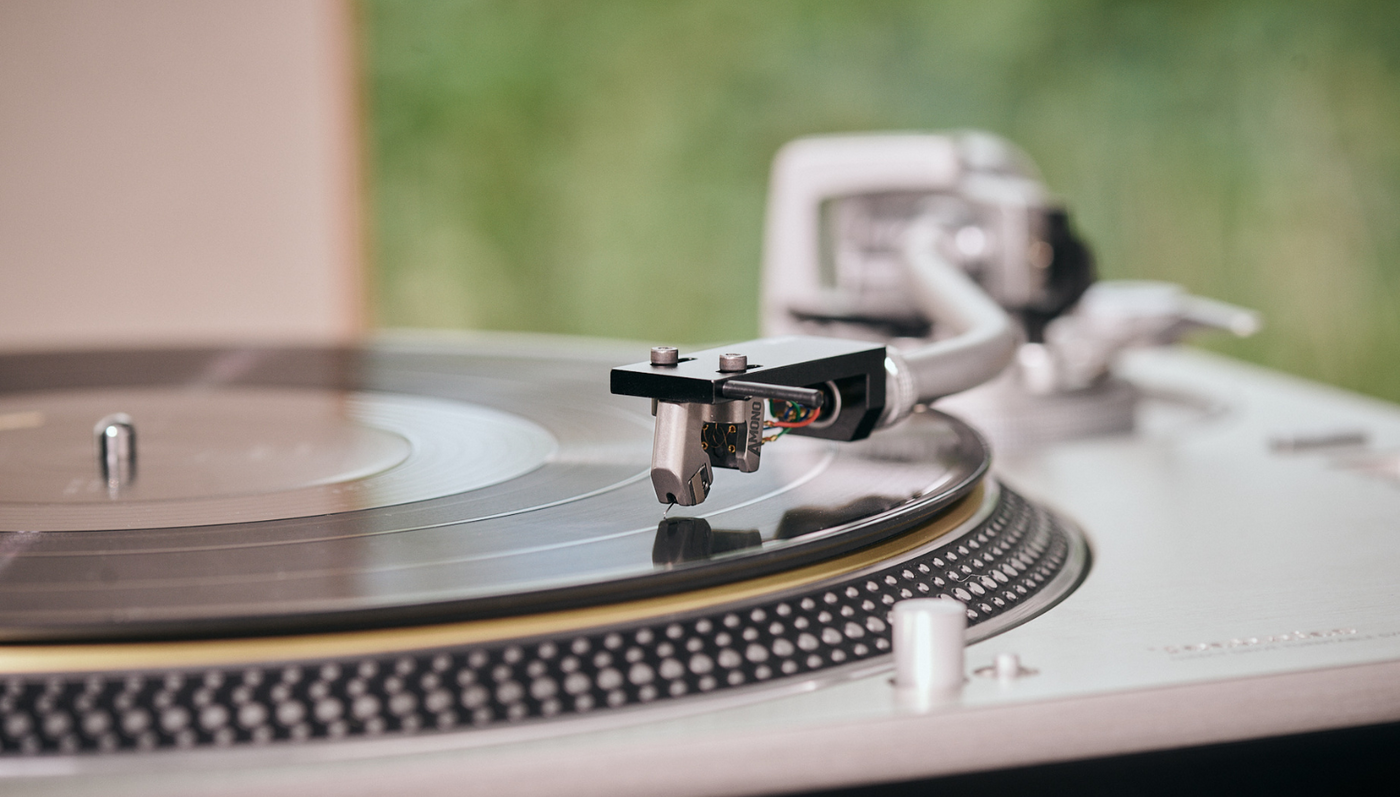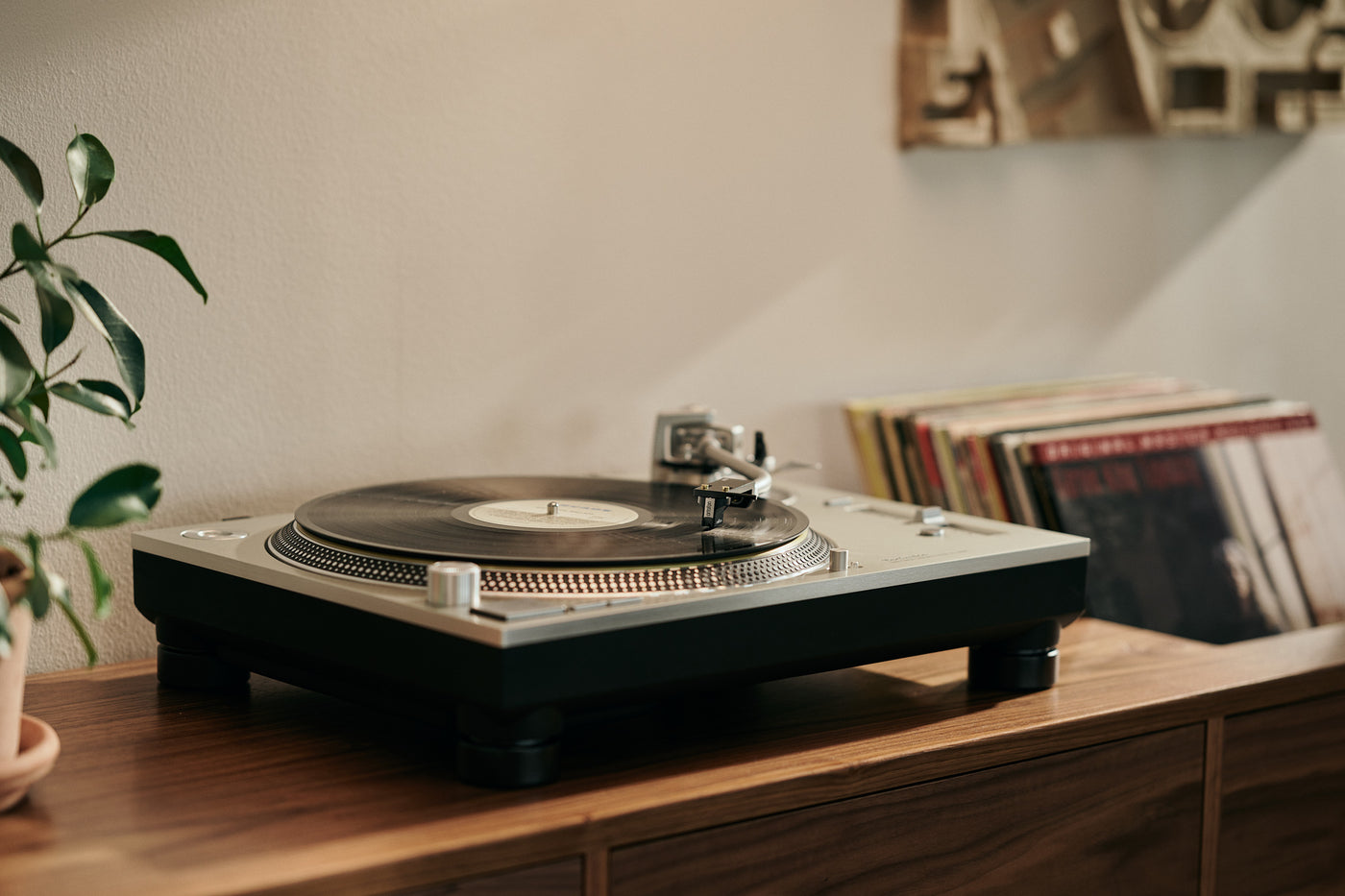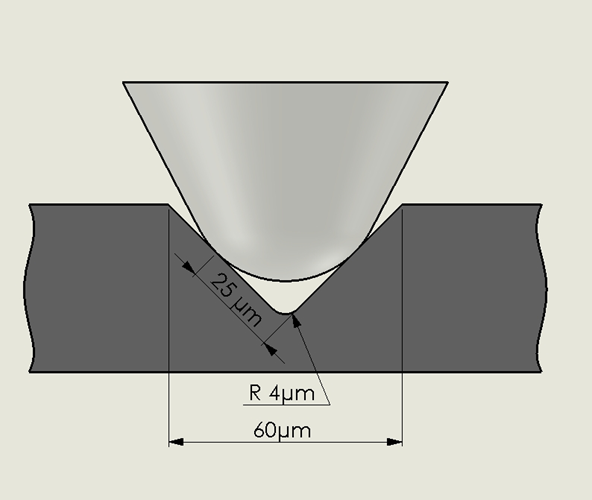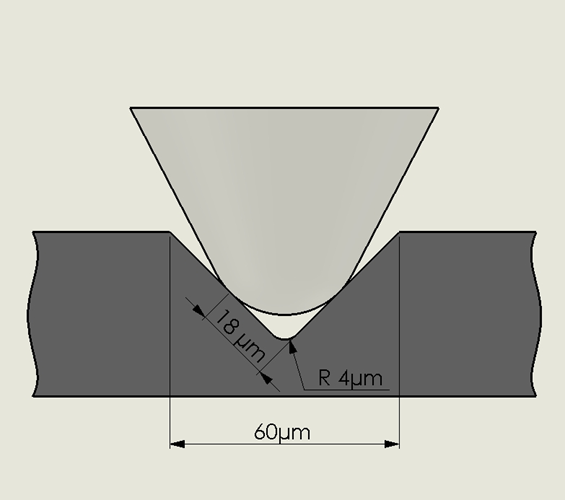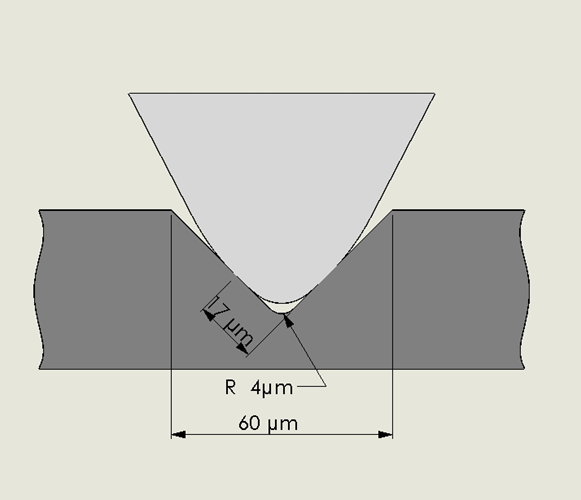Rekindling Memories
True Mono
Cartridges
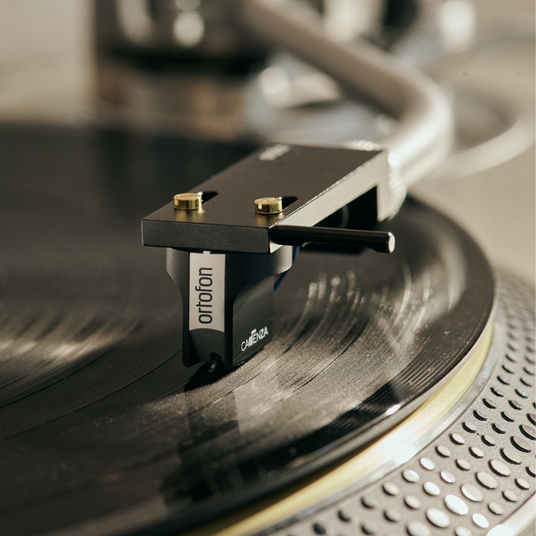
Simple and powerfull
What is Mono sound?
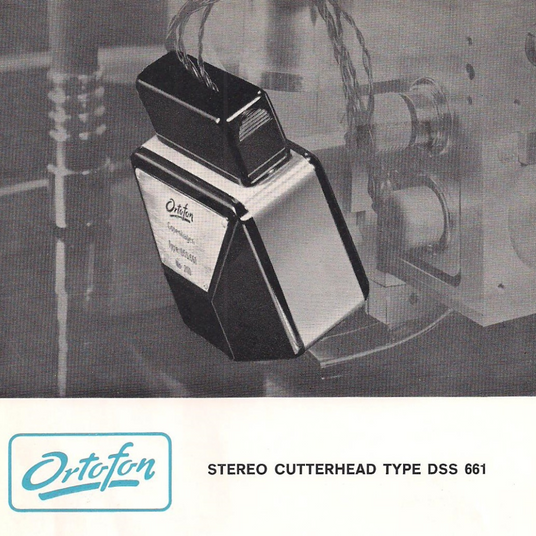
New and improved cutterhead by Ortofon
The era of high fidelity
sound reproduction
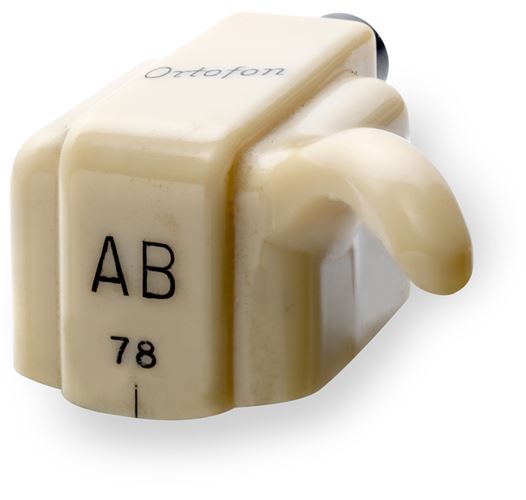
Introduction of the microgroove vinyl record
The first series of moving coil cartridges
Explore Mono cartridges
2024
Ortofon MC
Cadenza Mono
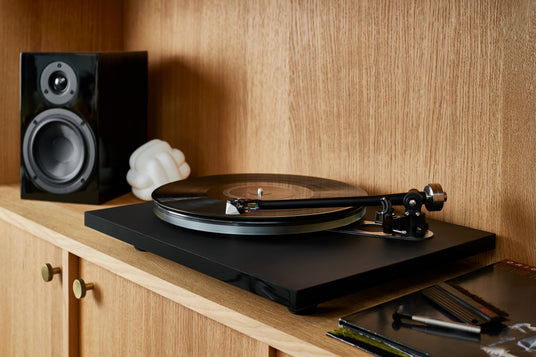
Why choose Mono today?
The perfect match
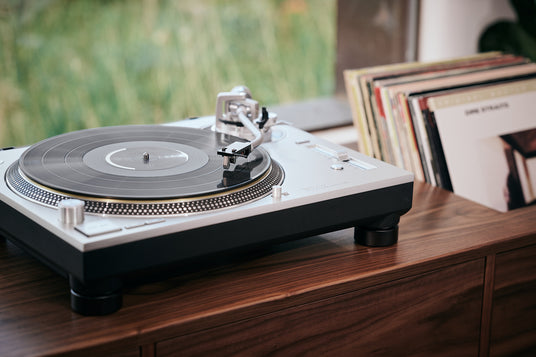
Unaffected by vertical movement
The benefit of
a mono cartridge
The 2M Mono SE
Play old and
new mono records
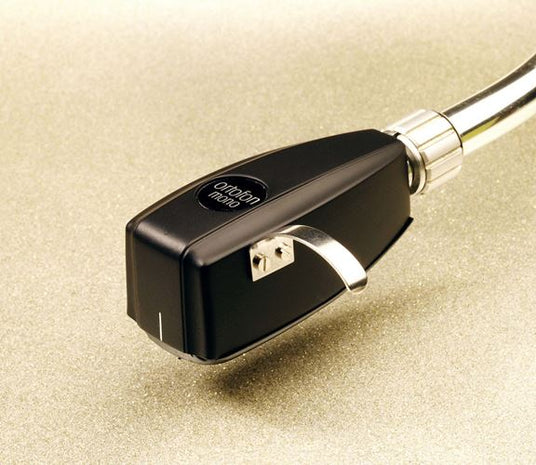
A, AD, and C models
Mono types
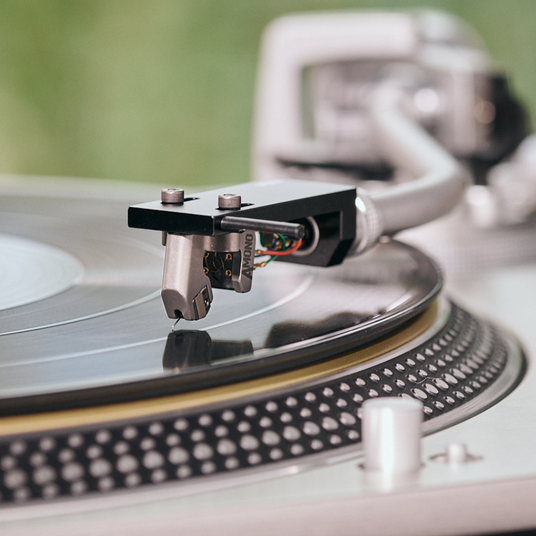
Stereo vs. Mono records

